This post is also available in: Italian
There’s a delightful Italian winter garden hidden near Novara, namely in Santa Cristina di Borgomanero: it is the Garden of the Hamamelis , which you have probably already heard of. February is the best time of the year to enjoy, but any visit must be booked in advance by contacting the owner, Dr Umberto Cammarano. Some 2.400 square yards have been cultivated around an old country farmhouse and divided into several rooms by boxwood, yew and hornbeam hedges.
Dr Cammarano, an expert and passionate botanist, started building this garden in 2003, inspired by the work of the French gardener Hélène d’Andlau. He has, therefore, decorated it with many peculiar plant and flower species and varieties, including Acer conspicuum “Phoenix”, Betula utilis ”Jacquemontii”, Cornus spp., Prunus serrula, hollies, a collection of aucubas, a spectacular Pinus contorta “Chief Joseph>”, numberless snowdrops, a citrus greenhouse, and several small stone elements.
But the undisputed protagonists are the witch-hazels, arranged in a great collection with eleven varieties – it all started in 2004, after a visit to the huge park of Jelena De Belder, in Hemelrijk, Belgium. In fact, Jelena – who unfortunately passed away in 2003 – and her husband Robert had already created many splendid Hamamelis cultivars, including ‘Jelena’, ‘Diane’, ‘Livia’, ‘Georges’, ‘Robert’, ‘Antoine Kort’, ‘Ruby Glow’, and ‘Primavera’ – some of them are now also included in Dr Cammarano’s collection, such as Hamamelis x intermedia ‘Angelly’, ‘Anne’, ‘Antoine Kort’, ‘Aphrodite’, ‘Arnold Promise’, ‘Aurora’, ‘Danny’, ‘Diane’, ‘Georges’, ‘Harry’, ‘Jelena’, ‘Livia’, ‘Orange Beauty’, ‘Pallida’, ‘Primavera’, ‘Ruby Glow’, and ‘Westerstede’,as well as Hamamelis ‘Brepetala’, and ‘Rocester’.
Nonetheless, even in the other months of the year, this lovely garden features many eye-catching flowers and colours, including ornamental Prunus, macrophylla, hydrangeas, evergreens, bulbous plants, and beautiful autumn foliage.
PLEASE REMEMBER: book a visit in advance!
Nearby, visitors can also enjoy another great winter garden (also exclusively by appointment): it’s
the Jay Blue House Garden, in Tuvina, near Fontagneto d’Agogna. Although it’s been recently built, it’s absolutely full of eye-catching surprises and botanical wonders.
It’s, in fact, the result of the painstaking and most dedicated work of two young gardeners and plant collectors: Mattia Godio and Marco Grosso. They actually built it around their blue house, also thanks to their great experience and priceless know-how.
In addition to cultivating and experimenting with some peculiar plant varieties – arranged with true love and creativity – they strive to safeguard and favour the very surrounding ecosystem. They’ve also created a fish pond where amphibians and many birds have found shelter, not to mention the thorough preservation of some fallen trunks, which are usually favoured by useful insects (to replace artificial pesticide compounds) and plant species suitable for wondrous butterflies, such as Verbena bonariensis and wild fennel.
All in all, the garden is full of wild creatures, including many birds – properly fed in winter by Mattia and Marco, as well as dogs, cats, geese, and chickens.
The two owners have thus managed to turn the coldest months of winter into a spectacular blooming and eye-catching season: visitors would thus be able to admire daphnes, coloured-trunk Cornus, Calycanthus, Viburnum bodnantese, apple-berry trees, a spectacular specimens of Salix gracilistyla ‘Mount Aso’, paper bush, Poncirus trifoliata, sacred bamboo, mahonias (like the thorneless Mahonia eurybracteata ‘Nahihira’, ‘Sweet Caress’ and ‘Sweet Winter’), fragrant sweet box, hellebores, ferns and, most of all, Hamamelis!
The two gardeners have actually planted 35 cultivars, collected from all over the world: some are still a few inches high, others are wonderful specimens more than 9-ft tall, transplanted here from another garden. The Hamamelis, in fact, can practically grow anywhere, it blooms even under the snow, and can be transplanted at ease, mainly thanks to its compact roots and slow growth rate.
You may want to follow Marco and Mattia on their Facebook page (Jay Blue House Garden), also in order to get the latest information about the garden opening hours. The two young owners will always warmly welcome their visitors.
This post is also available in: Italian



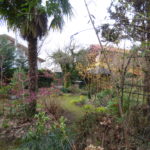
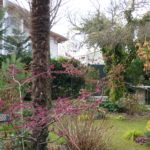
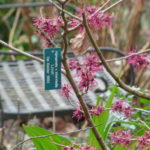
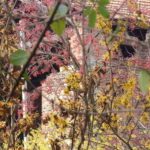
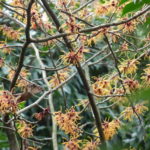
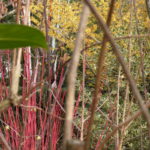
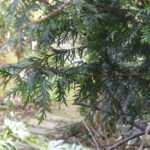
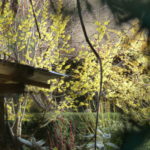

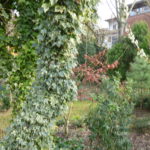
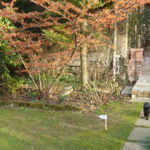
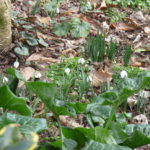

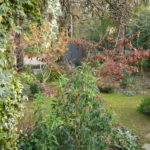
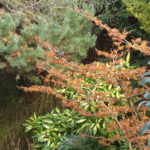
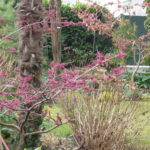
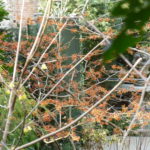
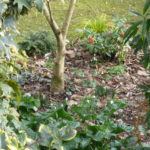
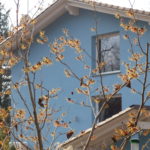
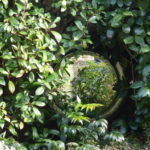



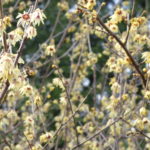
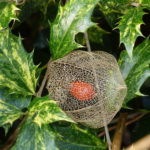
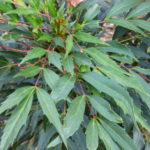
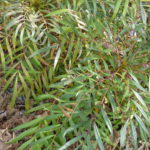
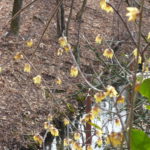
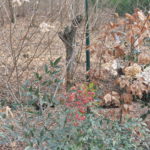
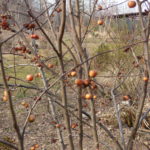
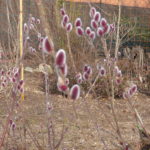
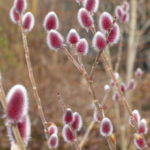
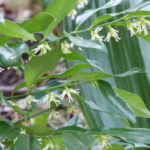
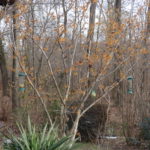
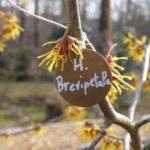

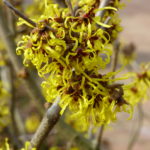
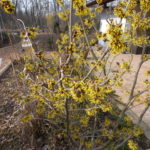

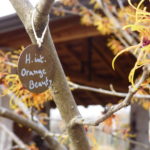
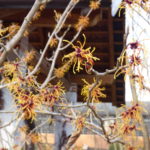
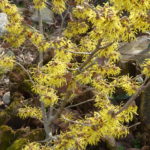
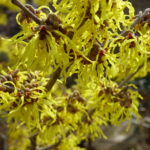
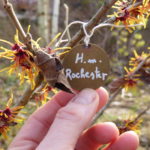
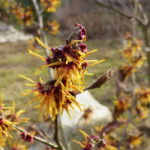
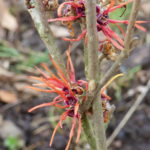
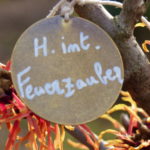
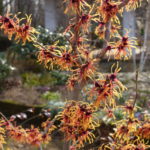

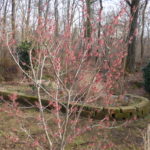
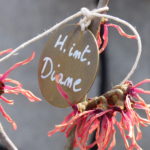
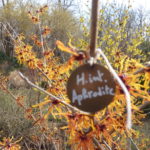
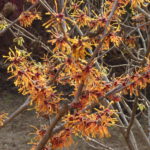
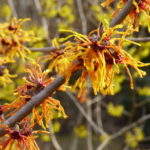
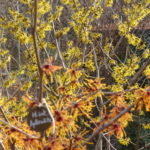
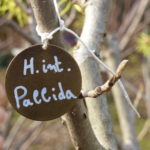
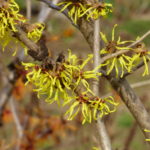
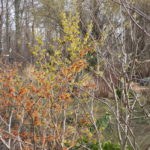
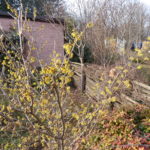
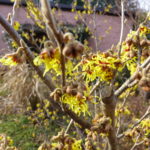
Leave a Reply